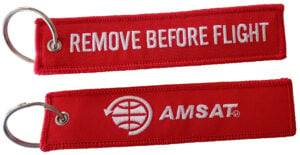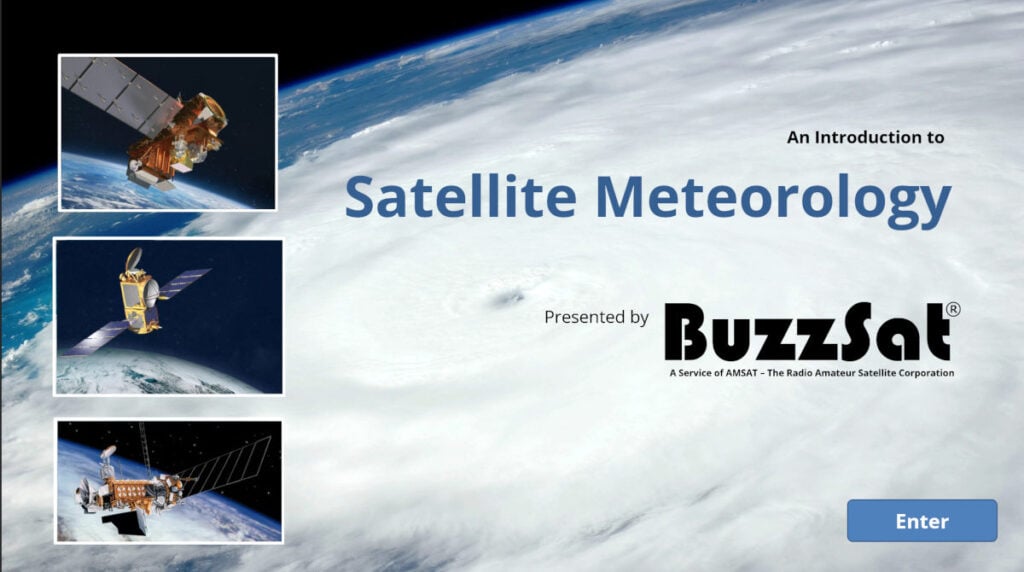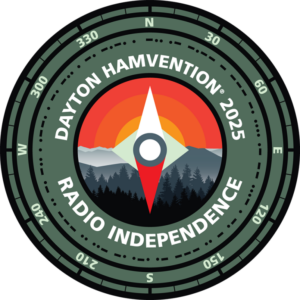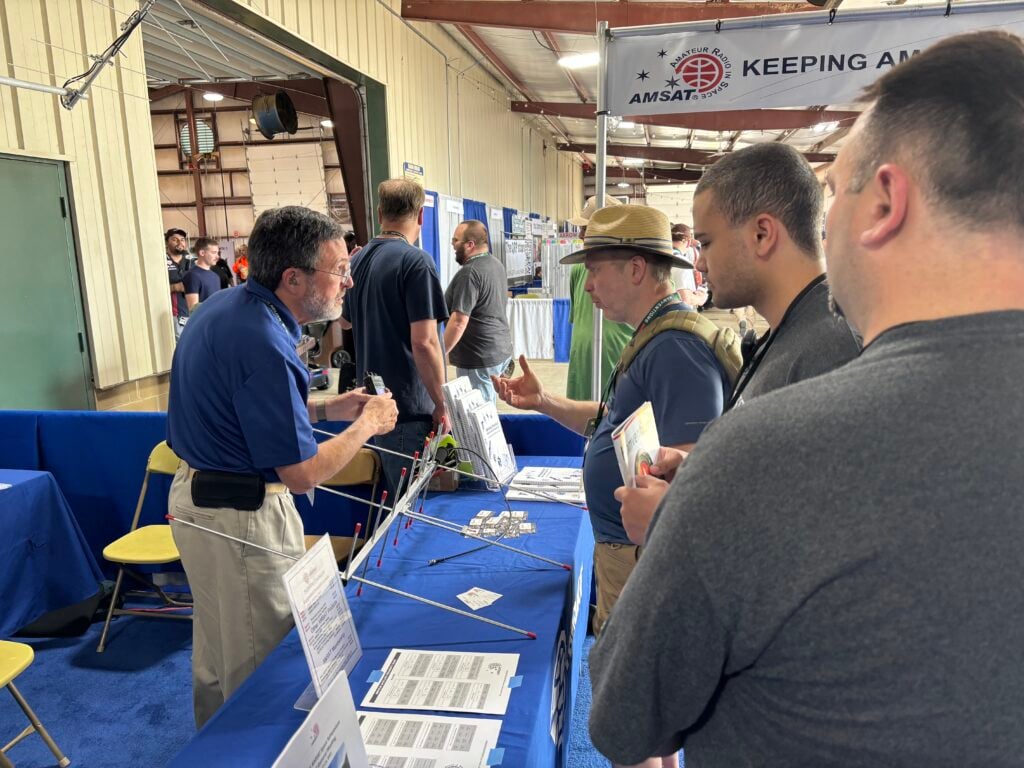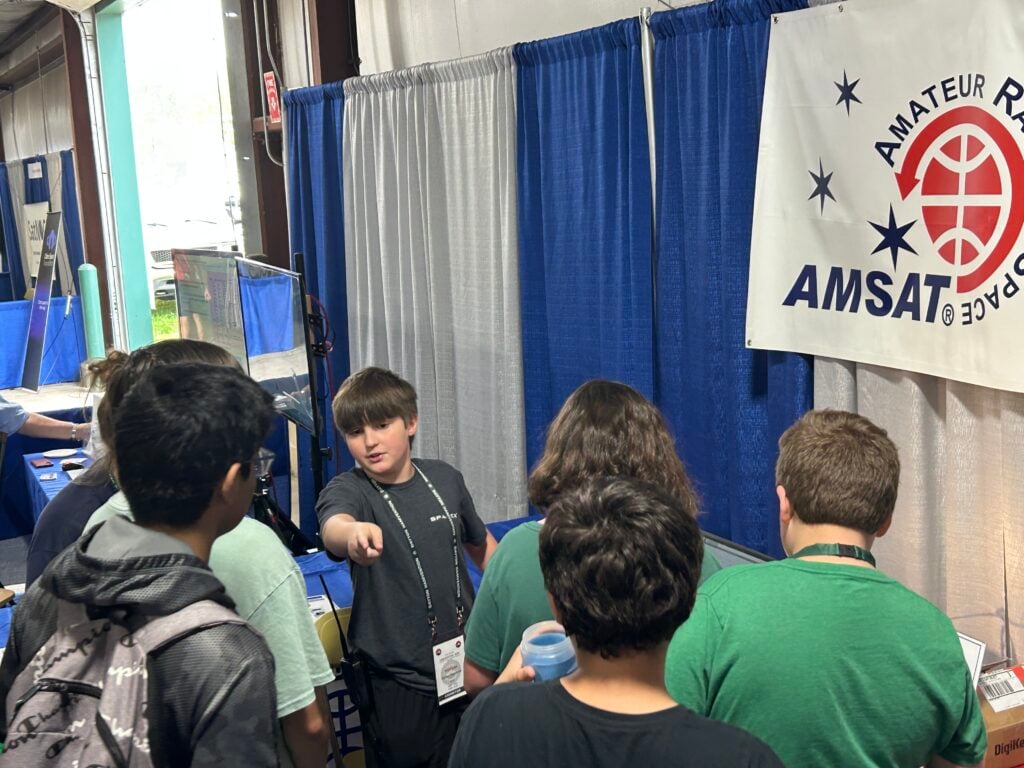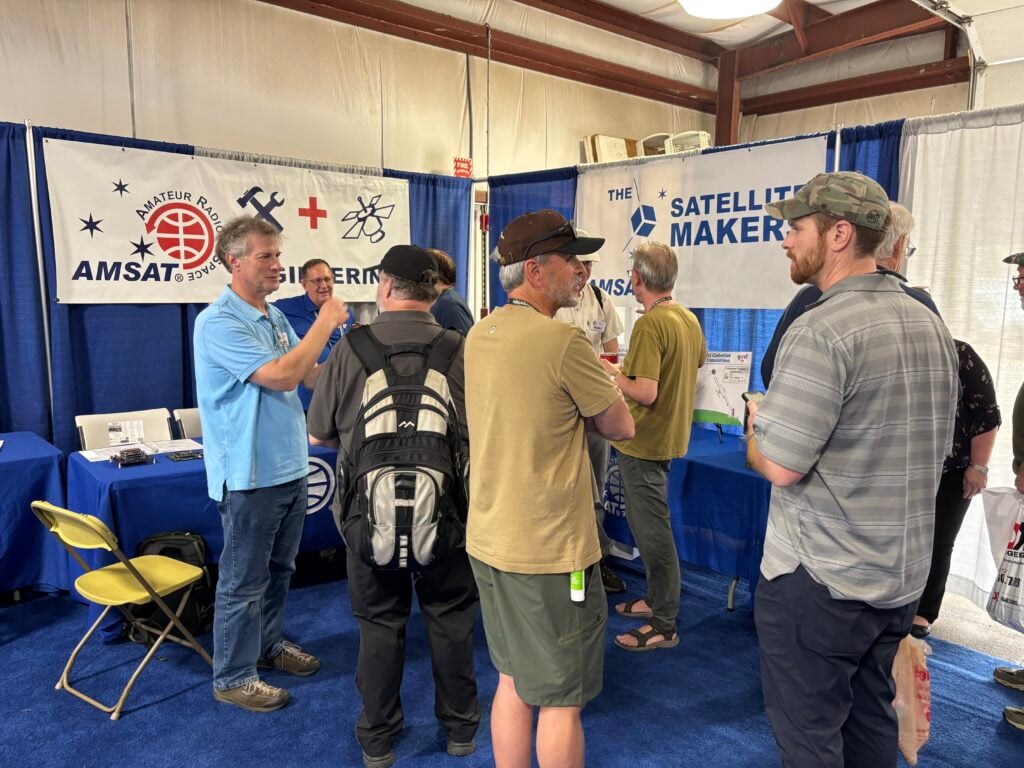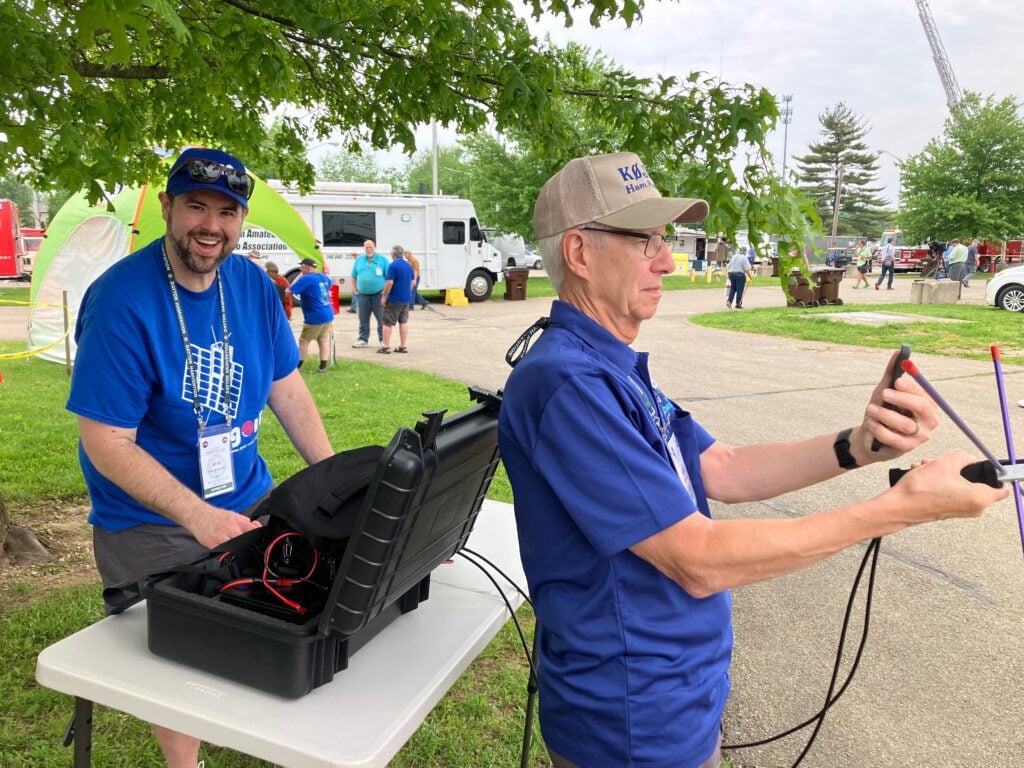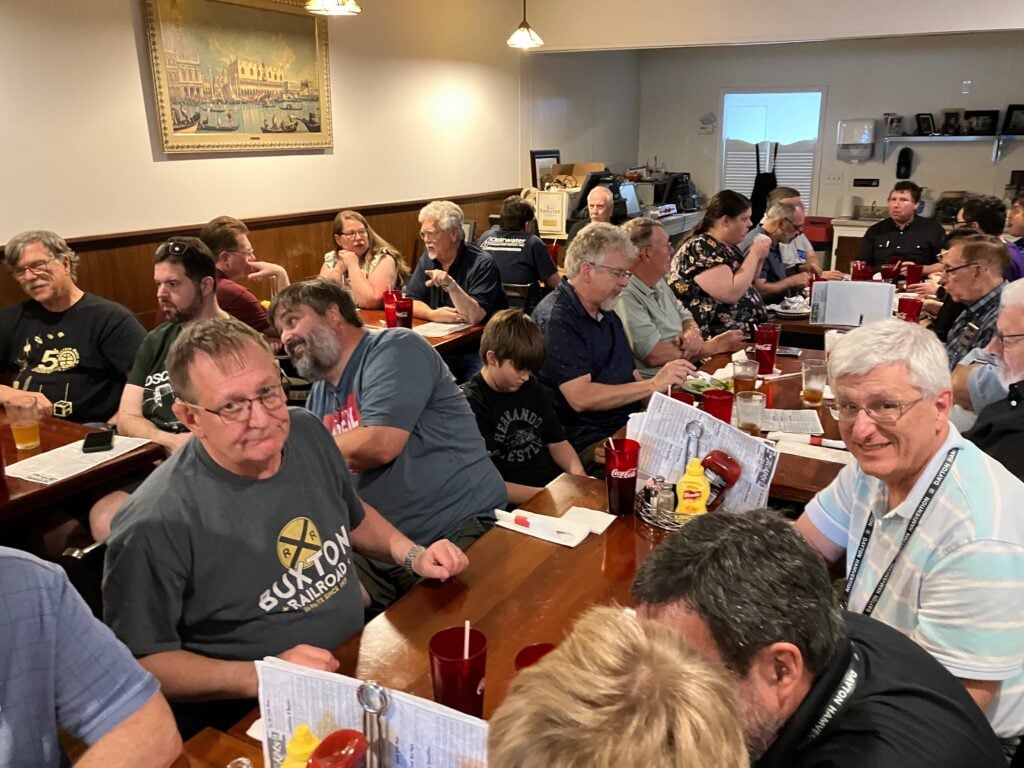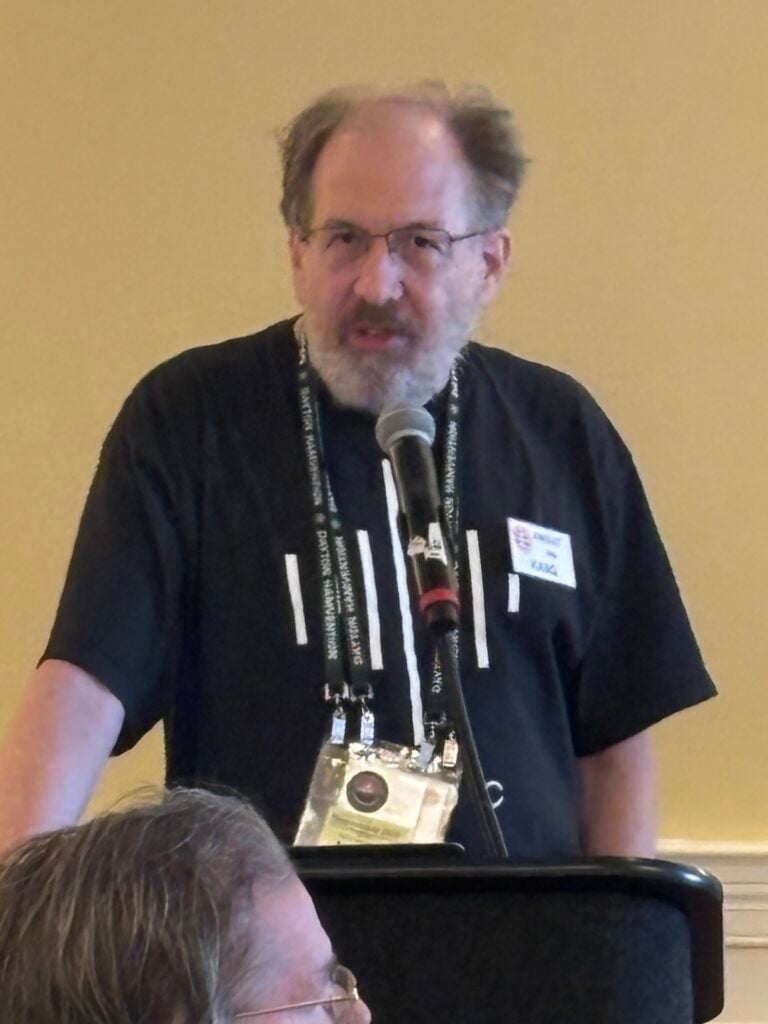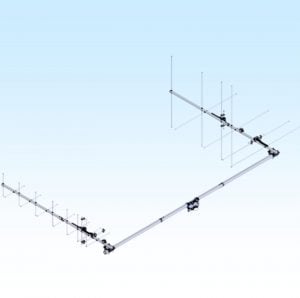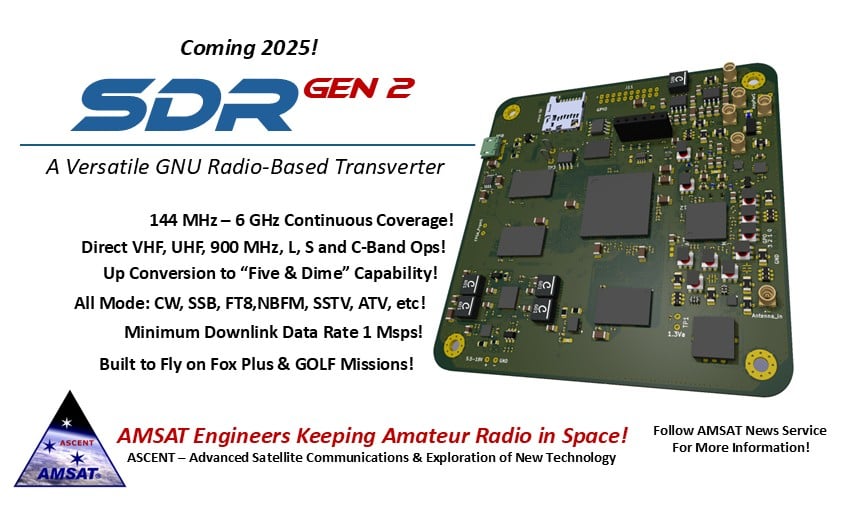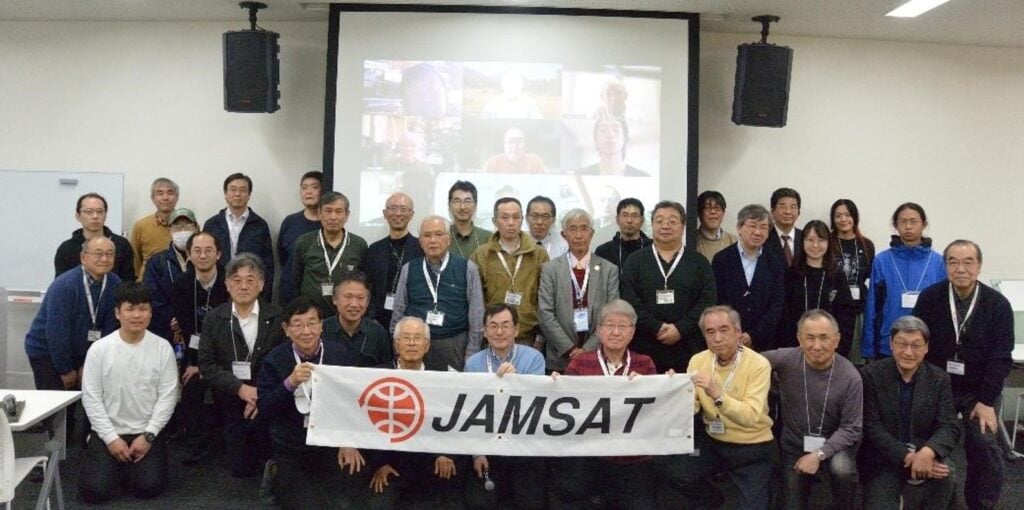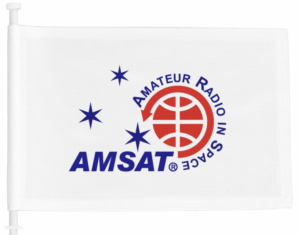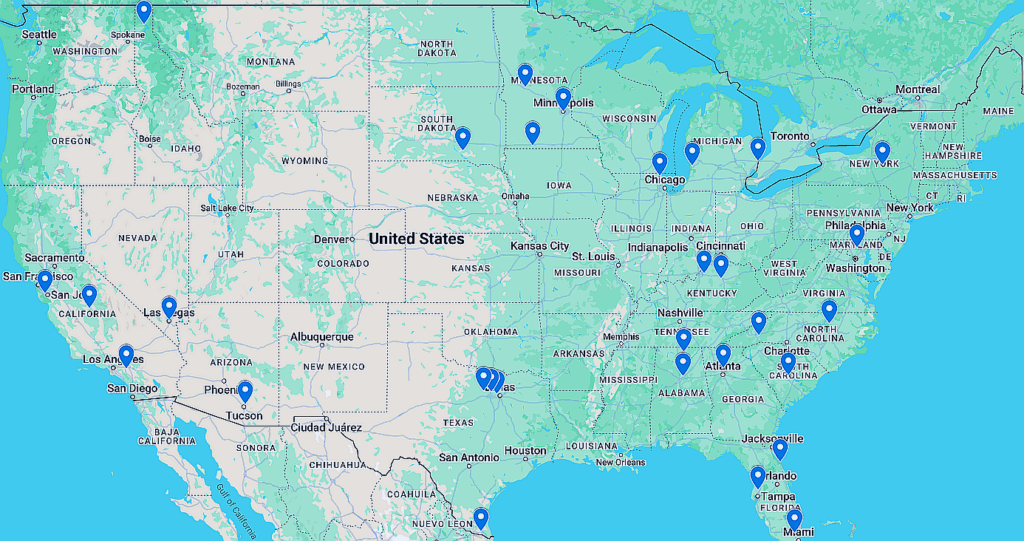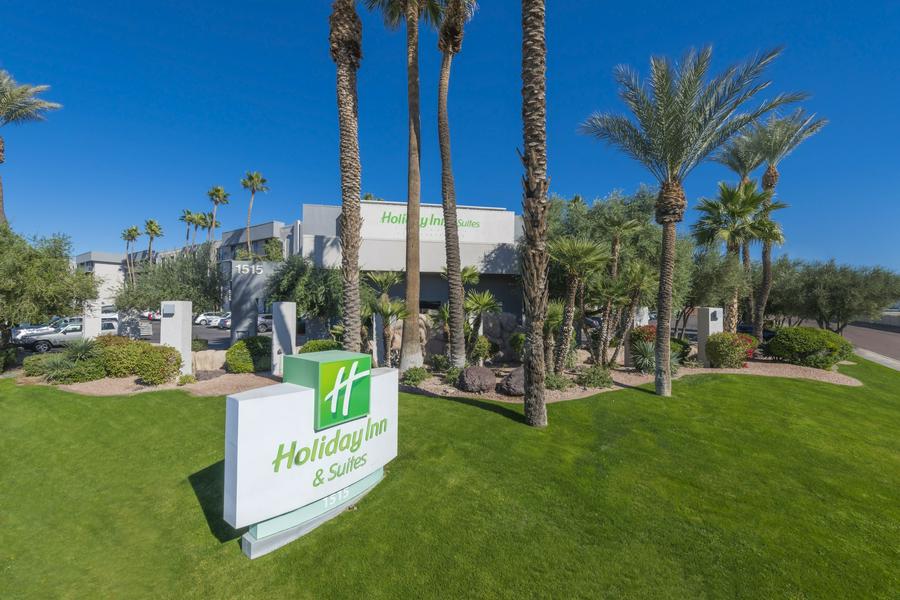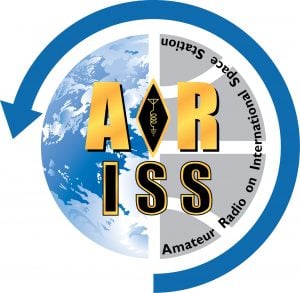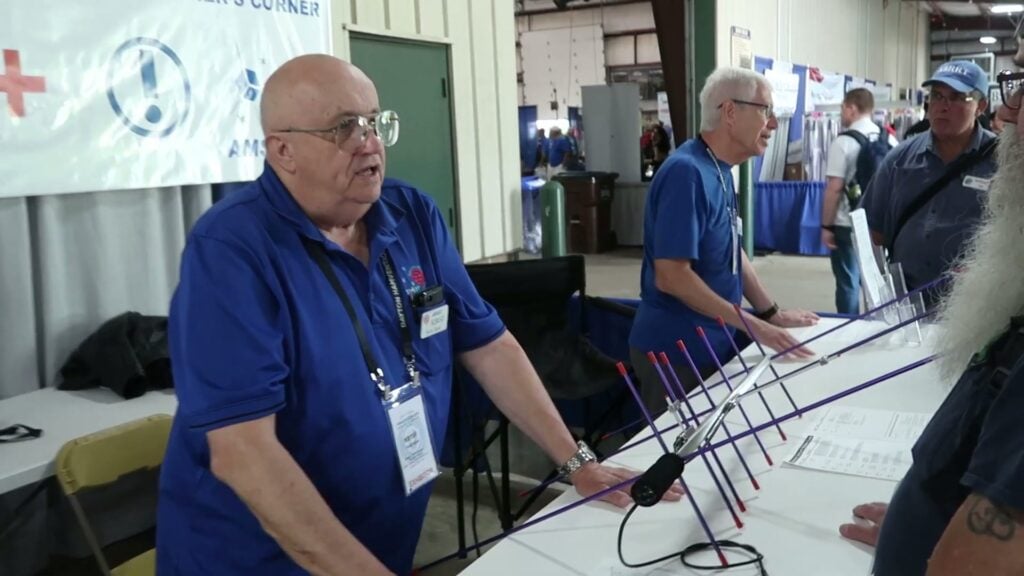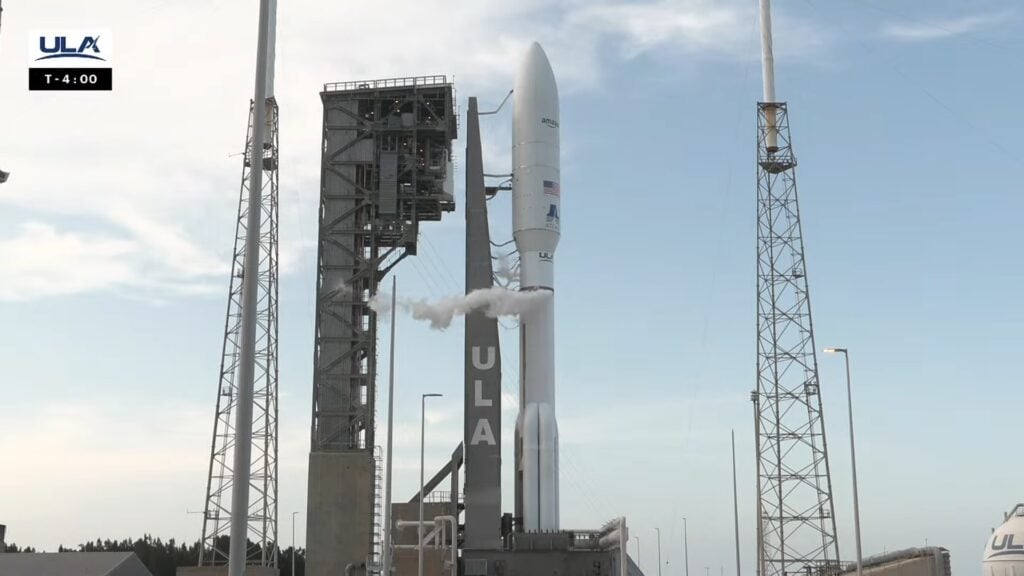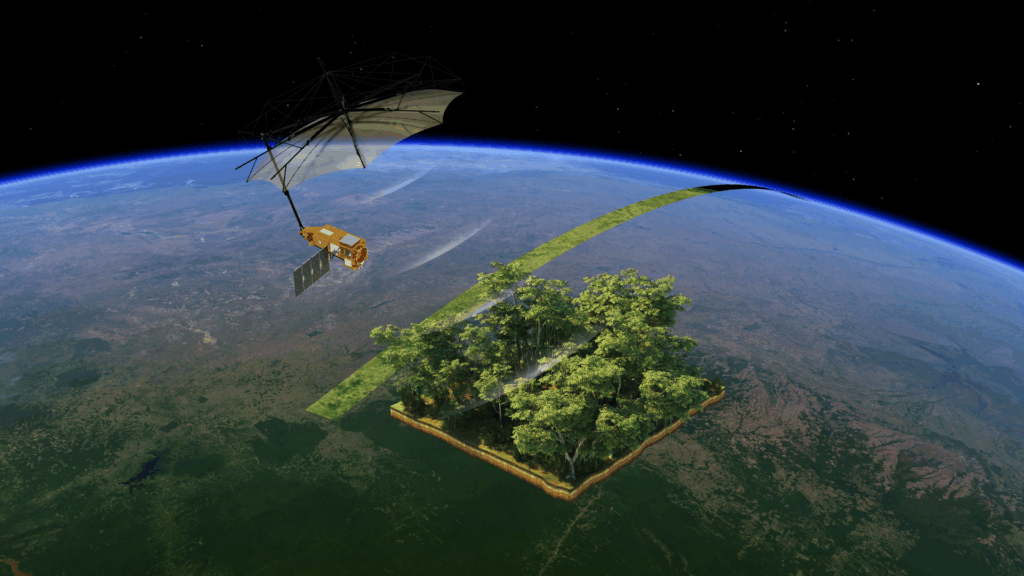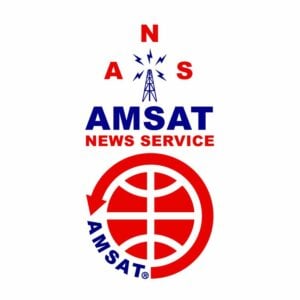
AMSAT News Service
ANS-145
May 25, 2025
In this edition:
- Dick Jansson, KD1K, Former AMSAT Vice President – Engineering, SK
- Nominations Open for 2025 AMSAT Board of Directors Election
- Updated Digital Edition of Getting Started With Amateur Satellites Now Available
- HADES-ICM FM Repeater to Be Active Weekends Beginning in Mid-June
- Changes to AMSAT TLE Distribution for May 23, 2025
- ARISS News
- AMSAT Ambassador Activities
- Satellite Shorts From All Over
The AMSAT News Service bulletins are a free, weekly news and information service of AMSAT, The Radio Amateur Satellite Corporation. ANS publishes news related to Amateur Radio in Space including reports on the activities of a worldwide group of Amateur Radio operators who share an active interest in designing, building, launching and communicating through analog and digital Amateur Radio satellites.
The news feed on https://www.amsat.org publishes news of Amateur Radio in Space as soon as our volunteers can post it.
Please send any amateur satellite news or reports to: ans-editor [at] amsat.org
You can sign up for free e-mail delivery of the AMSAT News Service Bulletins via the ANS List; to join this list see: https://mailman.amsat.org/postorius/lists/ans.amsat.org/
Dick Jansson, KD1K, Former AMSAT Vice President – Engineering, SK
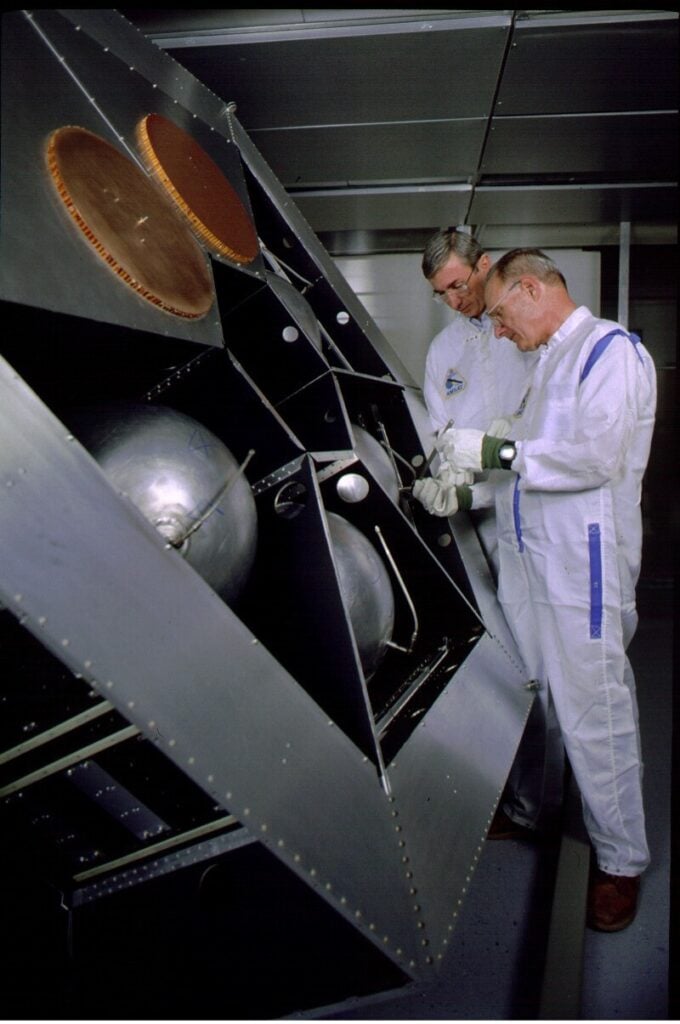
Dick Jansson, KD1K (Then WD4FAB) (right) and Stan Wood, WA4NFY inspect the flight model Phase-3D spaceframe at the Phase-3D (AO-40) Integration Facility in Orlando, Florida (Courtesy: ARRL)
It is with sadness that AMSAT notes the passing of Richard M. (Dick) Jansson, KD1K (formerly WD4FAB) a long time Vice President – Engineering for The Radio Amateur Satellite Corporation (AMSAT) on May 13, 2025. He was 94.
During his working career, Dick held a variety of engineering positions with Sperry Corporation including helping to develop, construct, and evaluate instrumentation for advanced supersonic and hypersonic aircraft, including the X-15, at NACA (the forerunner of NASA). Dick also worked at the MIT Instrumentation Laboratory where he designed, developed and tested space navigation and guidance instruments for the Apollo program. Later, as a Senior Staff Engineer for Honeywell, he created thermal designs for electro-optical instrumentation on several critical US space projects including Explorers 33 and 35, as well as the Apollo and Skylab programs for NASA. Dick then went on to transfer his expertise to the Martin Marietta Corporation, where he was active in the design and testing of miniature closed-cycle cryogenic coolers for infrared detectors on several Forward Looking Infrared (FLIR) applications.
After his retirement from Martin Marietta, Dick performed thermal and mechanical design, computer thermal analyses, and material selection functions on a wide variety of AMSAT spacecraft including OSCARs 10 and 13, as well as the MICROSAT series. He was heavily involved in the thermal, structural and mechanical design of the AMSAT Phase 3D satellite (which later became AMSAT-OSCAR 40 on orbit). And, for his work on a number of AMSAT spacecraft over the years, Dick was honored by the Dayton Hamvention with their prestigious Technical Excellence Award in 1993.
Dick was first licensed as an Amateur Radio Operator in 1972, and held an Extra Class license. For many years, he resided in Maitland, Florida with his loving wife, the former Mary Sweeney of Washington, DC who predeceased him. The Janssons were the proud parents of three children: Katherine, Carole and Edward.
A memorial service for Dick set to be held at St. Luke’s Church in Oviedo, Florida at 10:00 AM on June 4th, 2025.
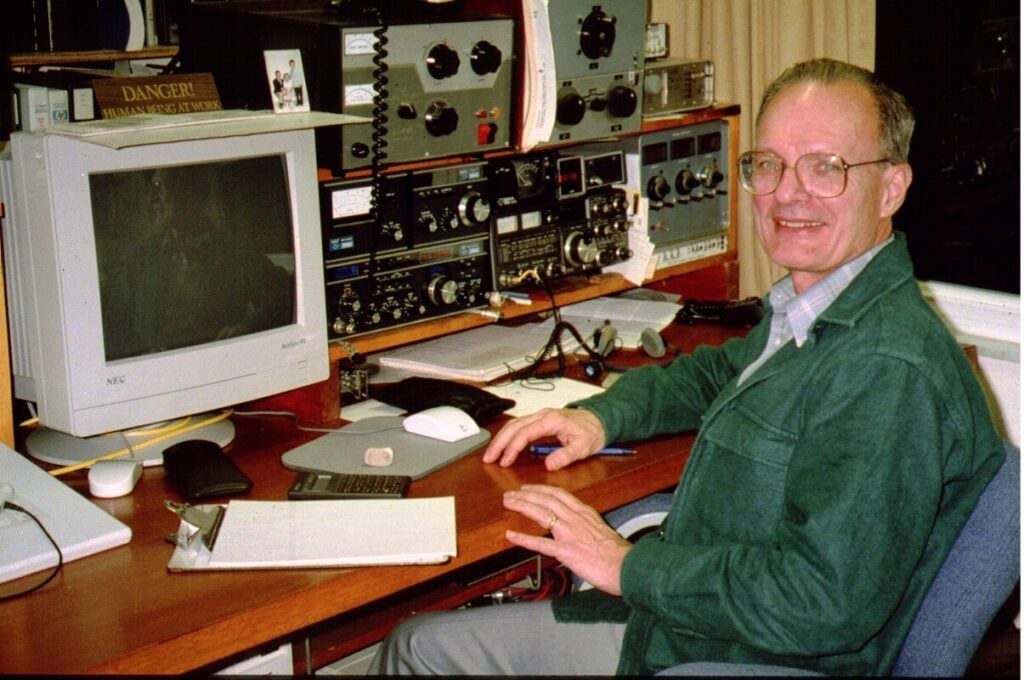
[ANS thanks Keith Baker, KB1SF/VA3KSF, AMSAT Past President, for the above information]
AMSAT Remove Before Flight Key Tags Now Available
Yes, These are the Real Thing!
Your $20 Donation Goes to Help Fly a Fox-Plus Satellite
Includes First Class Postage (Sorry – U.S. Addresses Only)
Order Today at https://www.amsat.org/product/amsat-remove-before-flight-keychain
Nominations Open for 2025 AMSAT Board of Directors Election
AMSAT solicits nominations for the 2025 AMSAT Board of Directors election, scheduled to take place in the third quarter of the year.
The seats of the following four incumbent Directors expire in 2025 and will be filled by this year’s election:
- Barry Baines, WD4ASW
- Jerry Buxton, N0JY
- Drew Glasbrenner, KO4MA
- Zach Metzinger, N0ZGO
Further, up to two Alternate Directors may be elected for one-year terms. A valid nomination for Director must be written and requires either one Member Society or five current individual members in good standing to nominate an AMSAT member. Written nominations, with the nominee’s name, call sign, and contact information, as well as the nominators’ names, call signs, and contact information, should be sent to the AMSAT Secretary:
Douglas Tabor, N6UA
1133 Verlan Way
Cheyenne, WY 82009
AMSAT bylaws require that the nomination be written and in the form specified by the Secretary, who has elected to accept written nomination materials via postal mail or in electronic form, including email or electronic image of a paper document. Fax transmissions cannot be accepted.
Email nominations may be sent to dtabor [at] amsat [dot] org.
Regardless of the means used, petitions must be received by the Secretary no later than June 15th. The Secretary will verify the qualifications of candidates and nominating members or Member Societies as petitions are accepted and will notify candidates whether their nominations are in order by the end of June.
[ANS thanks Douglas Tabor, N6UA, AMSAT Secretary, for the above information]
The 2025 AMSAT President’s Club Coins Are Here!
Celebrating the 40th Anniversary of Amateur Radio on Human Spaceflight
Help Support GOLF and Fox Plus.
Join the AMSAT President’s Club today!
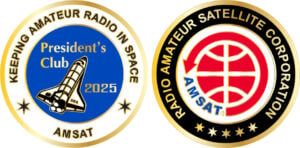
Updated Digital Edition of Getting Started With Amateur Satellites Now Available
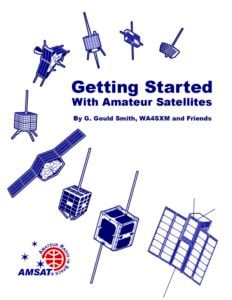
Newly revised in May 2025, this definitive reference is written for the new satellite operator by Gould Smith, WA4SXM, but includes discussions for the experienced operator who wishes to review the features of amateur satellite communications. The new operator will be introduced to the basic concepts and terminology unique to this mode. Additionally, there are many practical tips and tricks to ensure making contacts, and to sound like an experienced satellite operator in the process.
The digital edition of the book is available from the AMSAT store for $15.
[ANS thanks AMSAT for the above information]
HADES-ICM FM Repeater to Be Active Weekends Beginning in Mid-June
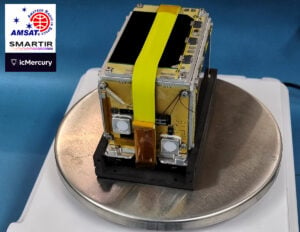
AMSAT-EA expects to activate the HADES-ICM FM repeater on Fridays, Saturdays, and Sundays starting in mid-June.
The satellite has a 145.875 MHz uplink and a 436.666 MHz downlink. The NORAD ID for Keplerian elements is 63492.
SO-124 (HADES-R) continues in 24 hour operation with a 145.925 MHz uplink and a 436.888 MHz downlink. Wednesdays are reserved for digital modes.
Updates on AMSAT-EA’s satellites can be found at https://x.com/eb1ao and https://x.com/AmsatSpain.
[ANS thanks AMSAT-EA for the above information]
Changes to AMSAT TLE Distribution for May 23, 2025
Two Line Elements or TLEs, often referred to as Keplerian elements or keps in the amateur community, are the inputs to the SGP4 standard mathematical model of spacecraft orbits used by most amateur tracking programs. Weekly updates are completely adequate for most amateur satellites. TLE bulletin files are updated daily in the first hour of the UTC day. New bulletin files will be posted immediately after reliable elements become available for new amateur satellites. More information may be found at https://www.amsat.org/keplerian-elements-resources/.
IO-117 NORAD Cat ID 53106 Non operational
AAUSAT2 NORAD Cat ID 32788 Decayed from orbit on or about 20 MAY 2025
[ANS thanks Joe Fitzgerald, KM1P, AMSAT Orbital Elements Manager, for the above information]
Need new satellite antennas?
Purchase an M2 LEO-Pack from the AMSAT Store!
When you purchase through AMSAT, a portion of the proceeds goes towards Keeping Amateur Radio in Space.
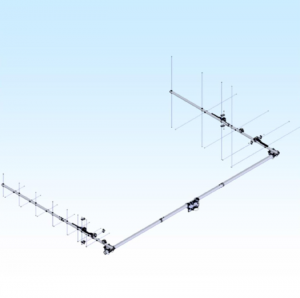
ARISS News
Amateurs and others around the world may listen in on contacts between amateurs operating in schools and allowing students to interact with astronauts and cosmonauts aboard the International Space Station. The downlink frequency on which to listen is 145.800 MHz worldwide.
Scheduled Contacts
Oryol City, Russia, direct via TBD
The ISS callsign is presently scheduled to be RSØISS
The scheduled crewmember is Alexey Zubritsky
The ARISS mentor is RV3DR
Contact is go for Tue 2025-05-27 13:50 UTC
Royal Moroccan Air Academy, Marrakech, Morocco, direct via CN8ERA
The ISS callsign is presently scheduled to be OR4ISS
The scheduled crewmember is Nichole Ayers KJ5GWI
The ARISS mentor is IN3GHZ
Contact is go for: Wed 2025-05-28 12:55:36 UTC 72 deg
Yonezawa 5th Junior High School, Yonezawa, Japan, direct via 8N7Y5JH
The ISS callsign is presently scheduled to be OR4ISS
The scheduled crewmember is Takaya Onishi KF5LKS
The ARISS mentor is 7M3TJZ
Contact is go for: Thu 2025-05-29 09:23:02 UTC 26 deg
Watch for Livestream at https://www.youtube.com/live/V2bcwHEEigY
Atkarsk, Saratov region, Russia, direct via TBD
The ISS callsign is presently scheduled to be RSØISS
The scheduled crewmember is Sergey Ryzhikov
The ARISS mentor is RV3DR
Contact is go for Thu 2025-05-29 13:55 UTC
Starominskiy District, Russia, direct via TBD
The ISS callsign is presently scheduled to be RSØISS
The scheduled crewmember is Kirill Peskov
The ARISS mentor is RV3DR
Contact is go for Sat 2025-05-31 10:35 UTC
Many times a school may make a last minute decision to do a Livestream or run into a last minute glitch requiring a change of the URL but we at ARISS may not get the URL in time for publication. You can always check https://live.ariss.org/ to see if a school is Livestreaming.
As always, if there is an EVA, a docking, or an undocking; the ARISS radios are turned off as part of the safety protocol.
The crossband repeater continues to be active (145.990 MHz up {PL 67} & 437.800 MHz down), If any crewmember is so inclined, all they have to do is pick up the microphone, raise the volume up, and talk on the crossband repeater. So give a listen, you just never know.
Note, all times are approximate. It is recommended that you do your own orbital prediction or start listening about 10 minutes before the listed time.
The latest information on the operation mode can be found at https://www.ariss.org/current-status-of-iss-stations.html
The latest list of frequencies in use can be found at https://www.ariss.org/contact-the-iss.html
[ANS thanks Charlie Sufana, AJ9N, one of the ARISS operation team mentors for the above information]
Want to fly the colors on your own grid expedition?
Get an AMSAT car flag and other neat stuff from our Zazzle store!
25% of the purchase price of each product goes towards Keeping Amateur Radio in Space
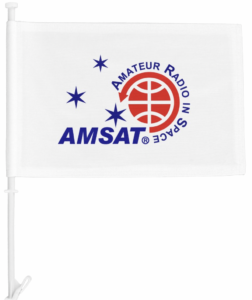
AMSAT Ambassador Activities
AMSAT Ambassadors provide presentations, demonstrate communicating through amateur satellites, and host information tables at club meetings, hamfests, conventions, maker faires, and other events.
AMSAT Ambassador Clint Bradford, K6LCS, says,
“Think a 75-minute presentation on “working the easy satellites” would be appropriate for your club or event? Let me know by emailing me at k6lcsclint (at) gmail (dot) com or calling me at 909-999-SATS (7287)!”
Clint has NEVER given the exact same show twice: EACH of the 150+ presentations so far has been customized/tailored to their audiences.
Scheduled Events
June 21, 2025
Rochester Amateur Radio Association Hamfest 2025
Barnard Fire Field
410 Maiden Lane Rochester, NY 14616
KB2YSI
September 6, 2025
Greater Louisville Hamfest
Paroquet Springs Conference Centre
395 Paroquet Springs Drive
Shepherdsville, KY 40165
W4FCL
October 16, 17, 18, 19, 2025
AMSAT Board of Directors Meeting and 43rd Annual AMSAT Space Symposium & Annual General Meeting
Holiday Inn & Suites Phoenix Airport North
1515 North 44th Street
Phoenix, Arizona 85008
Details at https://www.amsat.org/2025-symposium/
Interested in becoming an AMSAT Ambassador? AMSAT Ambassadors provide presentations, demonstrate communicating through amateur satellites, and host information tables at club meetings, hamfests, conventions, maker faires, and other events.
For more information go to: https://www.amsat.org/ambassador/
[ANS thanks Bo Lowrey, W4FCL, Director – AMSAT Ambassador Program, for the above information]
Satellite Shorts from All Over
+ Peter Goodhall, 2M0SQL, has developed PortablePlanner.com, a web application that allows portable satellite operators to calculate their transmit and receive frequencies and find mutual passes. The web application can be added to your home screen on iOS and Android devices and can be used offline. This application can help portable satellite operators easily determine what frequency to transmit and receive at on a linear transponder satellite when operating without computer control (Thanks to Peter Goodhall, 2M0SQL)
+ Two new AMSAT Rover Awards have been issued – #88 to Torsten, DG7RO, and #89 to Sean, KK7OVF. For more information on AMSAT’s awards programs, visit https://www.amsat.org/awards-2/ (Thanks to Bruce Paige, KK5DO, AMSAT Director of Contests and Awards)
Join AMSAT today at https://launch.amsat.org/
In addition to regular membership, AMSAT offers membership to:
- Societies (a recognized group, clubs or organization).
- Primary and secondary school students are eligible for membership at one-half the standard yearly rate.
- Post-secondary school students enrolled in at least half time status shall be eligible for the student rate for a maximum of 6 post-secondary years in this status.
- Memberships are available for annual and lifetime terms.
Contact info [at] amsat.org for additional membership information.
73 and remember to help Keep Amateur Radio in Space!
This week’s ANS Editor,
Paul Stoetzer, N8HM
n8hm [at] arrl.net
ANS is a service of AMSAT, the Radio Amateur Satellite Corporation, 712 H Street NE, Suite 1653, Washington, DC 20002

